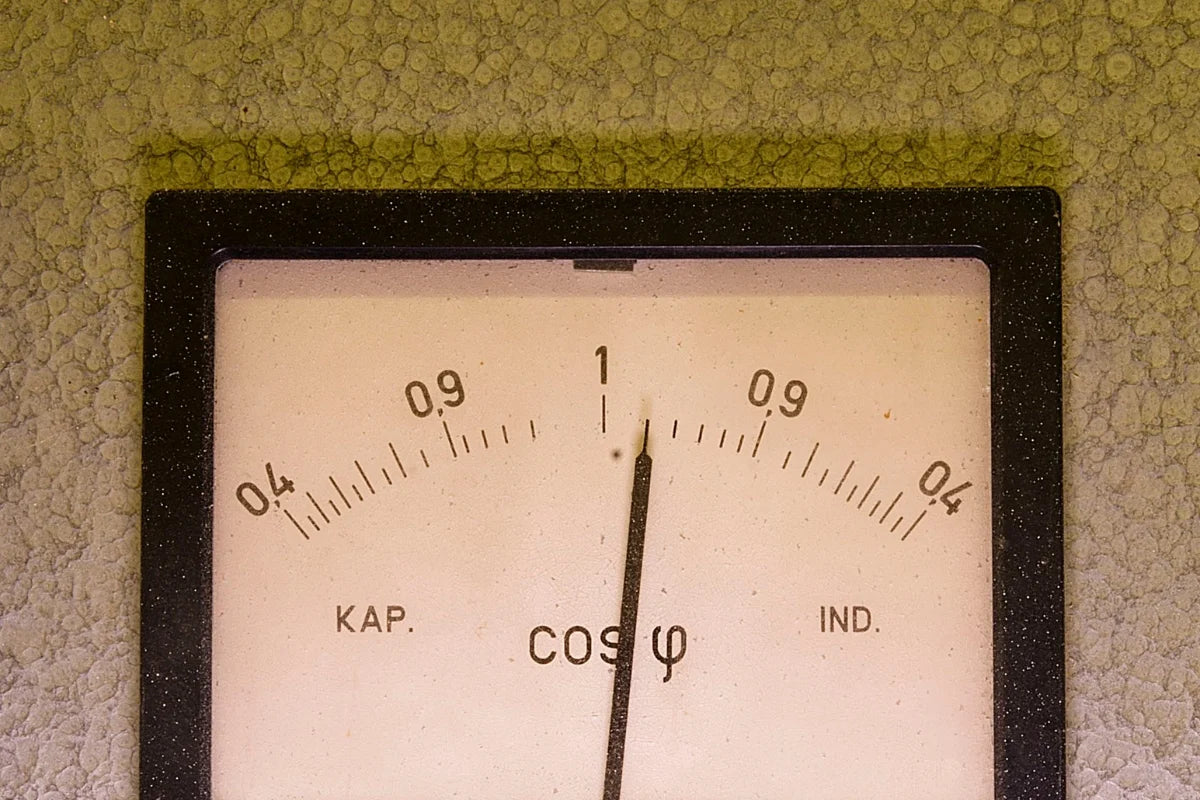In simple terms, the power factor refers to the efficiency of an electrical system in using the available power to perform the required work.
It measures how effectively electrical power is being used in a system and how much of the power being supplied is being utilized. This concept is especially relevant for general lighting, as it plays a vital role in determining the overall energy efficiency of a building.
In general lighting systems, the power factor is influenced by the type of lighting fixtures used, the number of fixtures, and the way in which they are connected. Poor power factor can result in increased energy costs, reduced lighting performance, and decreased system reliability. On the other hand, a high power factor can lead to improved energy efficiency, lower operating costs, and enhanced performance.
The power factor of a general lighting system is usually expressed as a ratio between real power and apparent power. Real power is the actual power being used by the system to perform work. In contrast, apparent power is the total power being supplied to the system. A power factor of 1 means that all the power being supplied to the system is being used effectively. In contrast, a power factor of less than 1 indicates that the system is using power inefficiently.
There are several factors that can contribute to a low power factor in a general lighting system. One of the most common causes is the use of lighting fixtures that have a poor power factor. This can result in significant losses in power and energy efficiency, as well as increased energy costs. Additionally, poor wiring practices, such as connecting lighting fixtures in series, can also lead to low power factor and reduced energy efficiency.
Several steps can be taken to improve the power factor of a general lighting system. One of the most effective ways to improve power factor is to use lighting fixtures that have a high power factor. High-efficiency LED lighting fixtures, for example, typically have a power factor of 0.9 or higher, making them an excellent choice for improving energy efficiency in general lighting systems. Another effective strategy is to use power factor correction devices, such as capacitors, which can be installed in the electrical system to increase the power factor and improve energy efficiency.
In conclusion, power factor is a crucial aspect of electrical systems. It plays a vital role in determining the energy efficiency of a general lighting system. By using high-efficiency lighting fixtures and implementing power factor correction devices, building owners and operators can significantly improve the energy efficiency of their lighting systems, reduce energy costs, and enhance performance.

